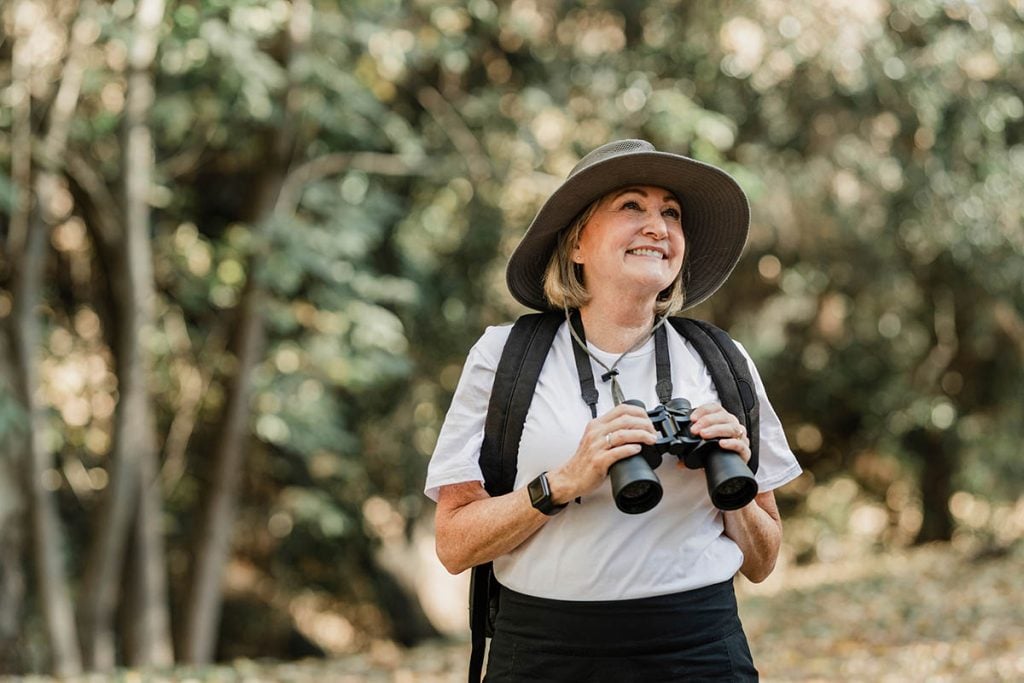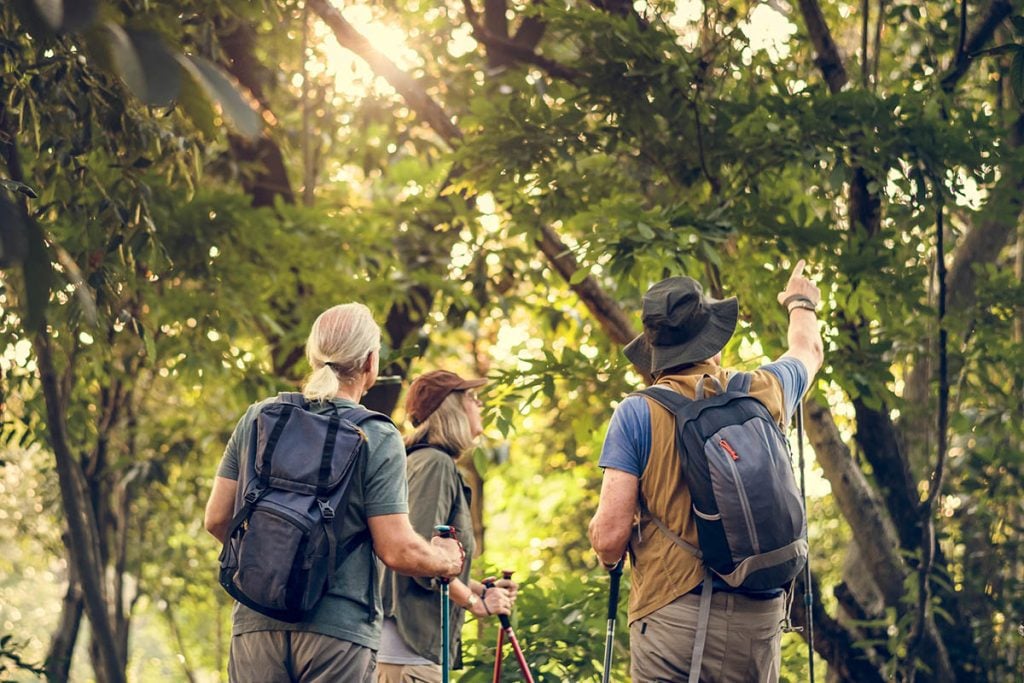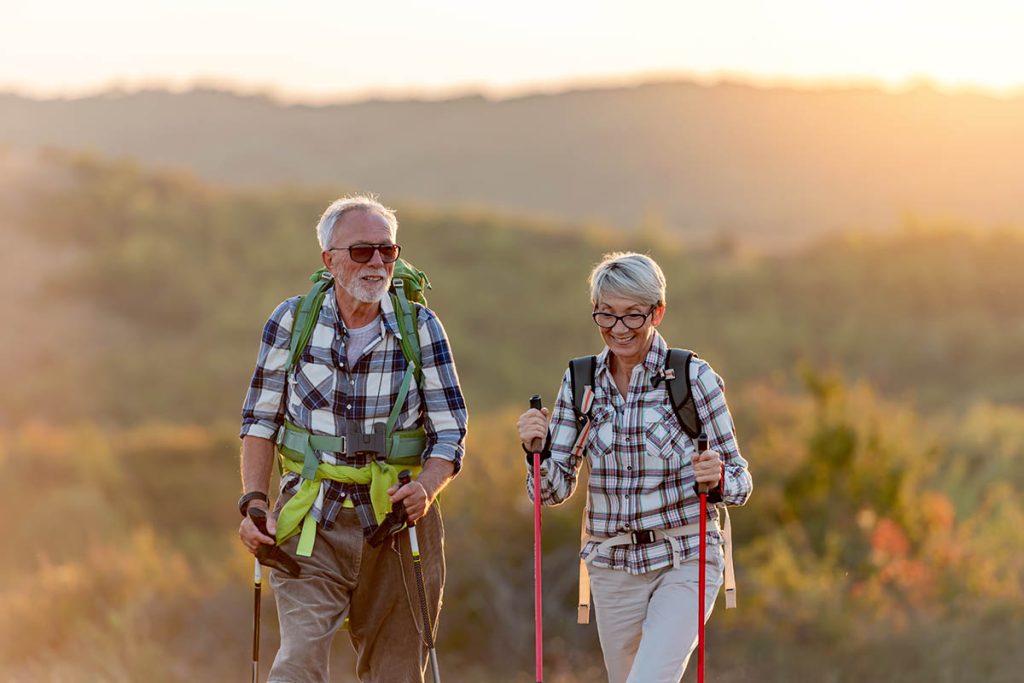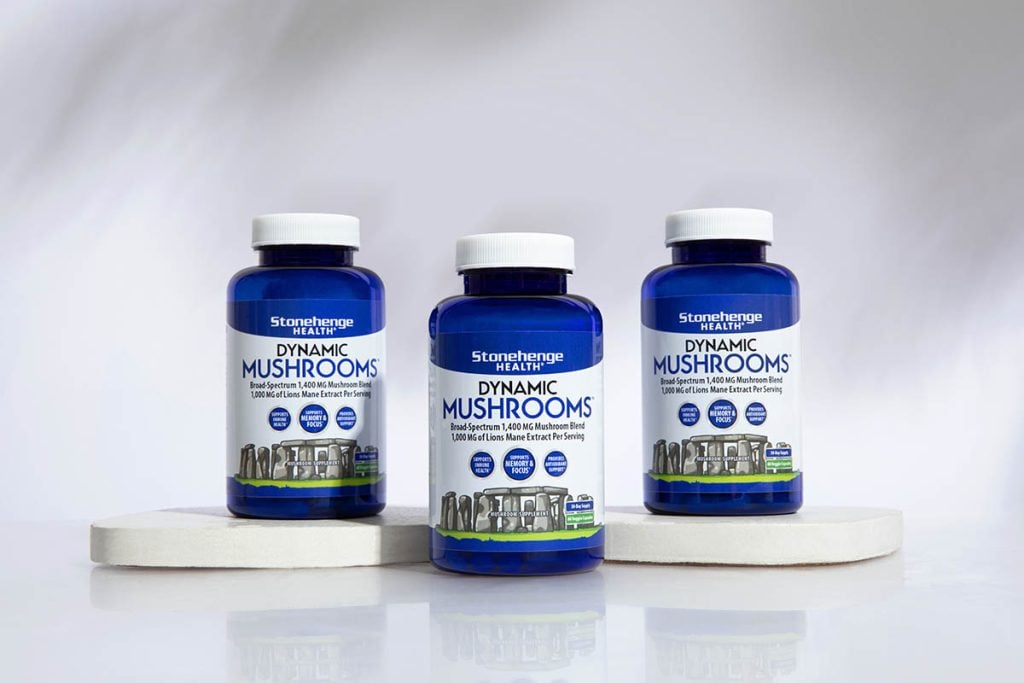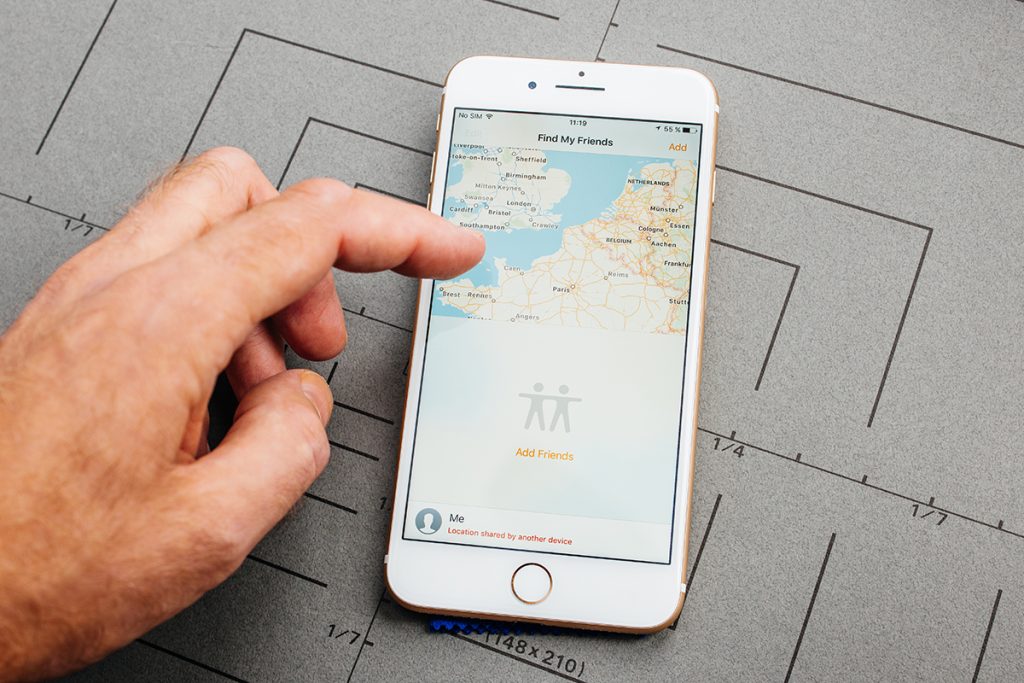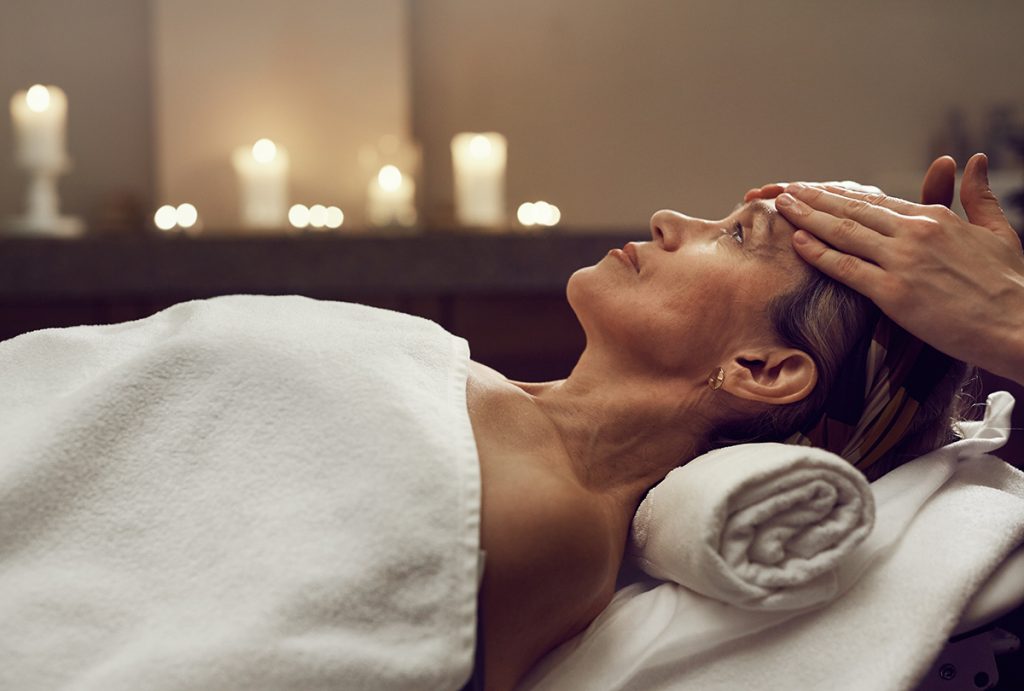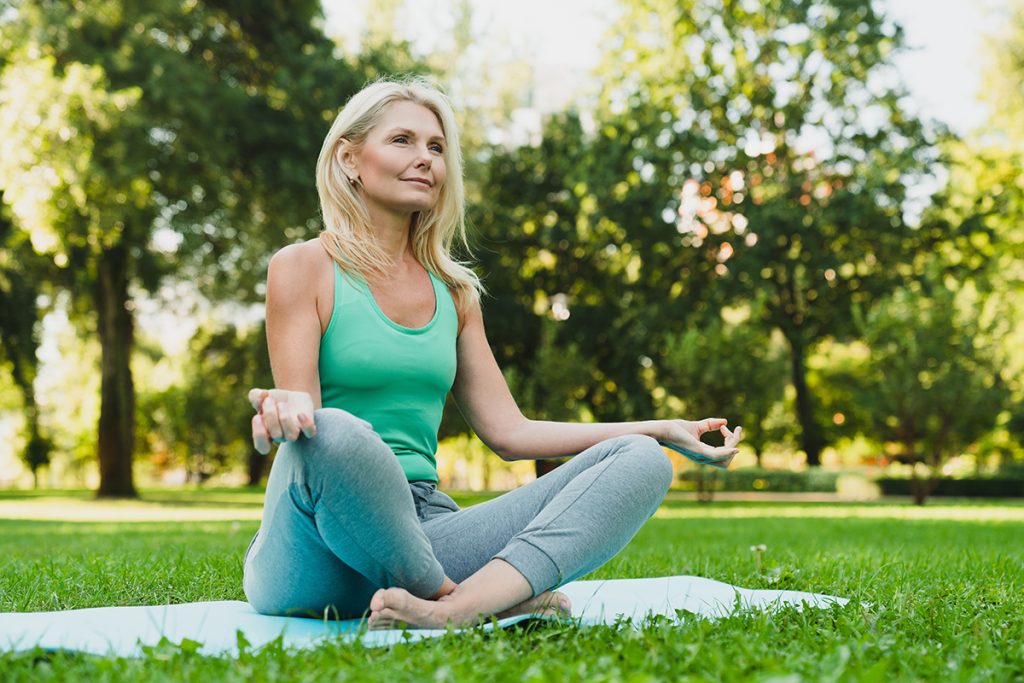
Which sport results in 67,000 emergency room visits per year?
If you guessed football, soccer, basketball, baseball, or hockey, you’d be wrong…
The answer is also America’s fastest growing sport:
Pickleball.
The vast majority of these injuries are happening to people over 60 years old, and it’s taking quite the toll. And for the record, I have nothing against pickleball. We’ve written several articles on the sport, and I occasionally play with my husband and our friends—it’s a fun game.
But the numbers don’t lie, and as with all physical activities, there are risks involved with participating. But that doesn’t mean there’s nothing you can do. In fact, with the right preparation, you might be able to elevate your pickleball game while also moving with more fluidity and less joint discomfort than you’ve felt in years.
But before we discuss solutions to these types of injuries, let’s start at the beginning.
The Rise of Pickleball Among Older Adults

Pickleball has rapidly become a favorite sport among older adults, with its combination of simplicity, low-impact exercise, and social interaction. Many communities now have dedicated pickleball courts, and it’s common to see players well into their 50s, 60s, and beyond enjoying the game.
It comes with plenty of benefits:
• Social Interaction: Pickleball fosters a strong sense of community. Players often form bonds that extend beyond the court.
• Cardiovascular Health: The sport offers a great cardiovascular workout, improving heart health without the strain of high-impact sports.
• Mental Well-being: Staying active and engaged in a sport can boost mental health, reducing symptoms of anxiety and depression.
But as I mentioned earlier, it’s not without drawbacks, particularly joint discomfort.
Understanding Joint Discomfort

Approximately 90 million Americans suffer from joint discomfort. There are a few common causes you’re likely familiar with:
• Arthritis: A common condition in older adults, characterized by swelling of the joints, causing discomfort and stiffness.
• Tendonitis: Irritation of a tendon, often due to overuse, leading to tenderness around the joint.
• Past injuries: Previous injuries can lead to chronic joint issues and increase the likelihood of joint problems resurfacing or worsening over time.
Joint discomfort often manifests as sharp or aching pain during or after activity, accompanied by swelling around the joints. You may also experience stiffness, particularly after periods of inactivity, and the affected area may show signs of redness and warmth.
How Pickleball Can Aggravate Joint Pain

Pickleball involves quick lateral movements, sudden stops, and repetitive motions, all of which can strain the joints. There are a number of high-impact movements that are specific to the sport:
• Sudden stops and starts: These can place significant stress on the knees and ankles.
• Twisting and turning: Rapid changes in direction can exacerbate joint discomfort, particularly in the hips and lower back.
• Repetitive motions: Continuous swinging of the paddle can lead to overuse injuries in the shoulders and elbows.
Pickleball is just one example of how many Americans are choosing to stay active. You may not be into pickleball…yet…but you may still be experiencing joint discomfort from another activity you love.
So the question is: How can you prevent or manage joint discomfort and still keep active and continue to do the activities you love?
4 Ways to Manage Joint Discomfort From Pickleball or other activities

Here’s how to keep yourself in the game.
1. Warm-up and stretching

Preventing joint discomfort starts with proper warm-up and stretching. Performing dynamic stretches like leg swings and arm circles can help prepare the muscles and joints for activity. It is also important to begin with a gradual warm-up, incorporating light aerobic activity to increase blood flow to the muscles and joints.
2. Proper Technique

Using proper technique is crucial in reducing strain on the joints. Focus on employing good body mechanics, such as bending the knees instead of the back and using the legs to absorb impact. Additionally, practicing good footwork ensures that you are in the right position to make shots, minimizing awkward movements that could lead to joint pain.
3. High-Quality equipment

The right footwear and equipment also play a significant role in preventing joint discomfort. Wearing supportive shoes with good arch support and cushioning helps absorb impact and protect the joints.
4. Give Your Body The Support it Needs With Dynamic Joint

If you’re one of the 92 million Americans reporting that joint discomfort and limited range of motion is affecting your ability to enjoy your daily life (and your pickleball game!) this supplement can be the best decision you make regarding your joint supplement support.*
Dynamic Joint is a breakthrough supplement that supports overall joint health with a new and scientifically backed formula.*
Featuring AprèsFlex®, a proprietary extract of Boswellia serrata gum resin, Dynamic Joint can deliver improved joint comfort in as little as 5 days.* One week you’re reading this article, the next week you’re flying around the pickleball court dominating your friends and neighbors…
When I say this is a breakthrough supplement, I’m not exaggerating. The science and research behind our ingredients speak for themselves:
In a clinical study, participants experienced remarkable benefits with ApresFlex®, including a 24.8% reduction in discomfort, a 47.6% reduction in stiffness, and a 21.2% improvement in physical function compared to placebo.**
Are you ready to leave your joint discomfort behind?

**Percentage improvements were calculated using the percent change between the supplemented group vs the placebo group in a clinical trial using AprèsFlex® at 100 mg/day.


















